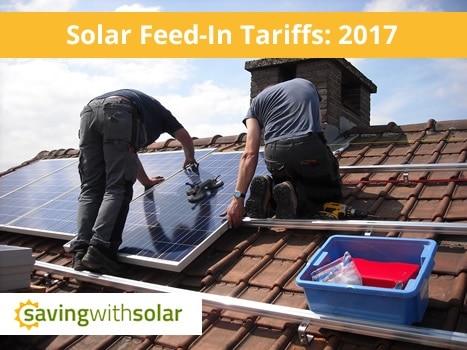Despite electricity price hikes of up to 20% last week by AGL Energy, Origin, and EnergyAustralia, there is some respite for those with solar panels feeding energy back into the grid as the same providers have increased their solar feed-in tariffs. For those that aren’t on a grandfathered feed-in tariff, most people have been seeing a fairly low return of around 6c/kWh. These have been raised quite substantially in recent days. 2017 has been a tough year for electricity prices with occurrences such as the closing of the 1600MW Hazelwood coal-fired power plant putting a lot of strain on the system. Although a step in the right direction, renewable energy infrastructure investment vs. ROI still hasn’t reached that magical ‘tipping point’ where it’s a no brainer – especially for homeowners – so it’s great to see the FITs getting a commensurate boost!
Solar feed-in tariffs – 2017 Changes

AGL will increase their solar feed-in tariffs quite significantly (they’ve stated that it could lead to as much as $332 in savings for some households):
- From 6.8c/kWh to 16.3c/kWh in South Australia (140% increase)
- From 5c/kWh to 11.3c/kWh in Victoria
- From 6c/kWh to 10.5c/kWh in Queensland
- From 6.1c/kWh to 11.1c/kWh in New South Wales
EnergyAustralia have also raised their FITs, with a statement discussing the higher wholesale price of electricity (over the last two years since the carbon tax was repealed the cost of wholesale energy has more than doubled). “The increase means customers will be paid more for the power they send back to the grid, reflecting recent rises in the broader wholesale electricity market,” a spokesman said.
- From 8.2c/kWh to 15c/kWh in South Australia
- From 6.1c/kWh to 12.5c/kWh in New South Wales
- From 6c/kWh to 11c/kWh in Queensland
Origin haven’t announced specifics of their new solar feed-in tariffs yet but, according to The Australian, the new FITs will “reflect higher wholesale energy prices, and would be packaged with lower base rates and other discounts.”

